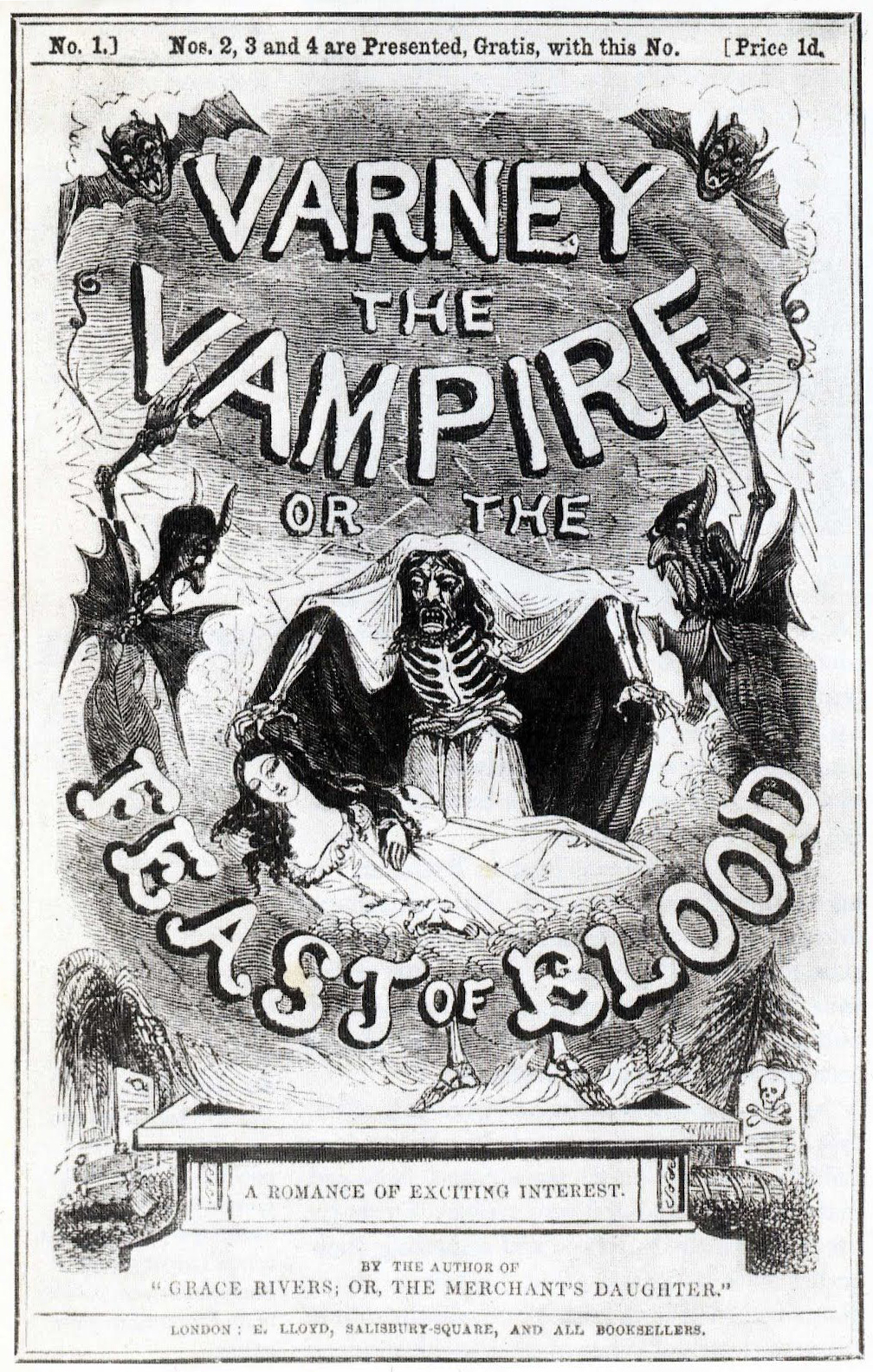We round off our review of the latest Sarob volume with the new stories selected by Ro Pardoe for this
impressive new anthology. First up Gail-Nina Anderson with 'Variant Versions', a story drawing on the author's background in academia and her interest in folklore.
A chance encounter at the launch of a new book reveals the story behind an almost-forgotten article on an obscure ballad. The narrator ventures to the village where the ballad was recorded, and discovers that the version in the book is incomplete. The author deftly juggles complex and interesting themes, such as feminist interpretations of folk tales, while the verse at the heart of the story has an authentic ring. There is a nicely Jamesian feel to the way in which we glimpse the supernatural at second hand, but with great intensity.
Helen Grant's contribution, 'The Valley of Achor' (I looked it up, it's interesting), is set in Perthshire in February. She perfectly evokes the bleakness of the rural landscape as her researcher sets off on a bicycle to try and find the ruins of an old church. Instead she stumbled upon what seems to be a pre-Christian sacred site. And yet, in a bizarre twist, the site she finds seems to consist in part of stones robbed from the church. How can this be? A suitably weird story that left me wondering what was going on, and keen to re-read it.
Equally enjoyable is 'The Cutty Wren' by Tom Johnstone. Here a very Jamesian pursuit of a mystery related to an old folk song is given a more modern spin thanks to a tense, complex relationship between the male narrator and a tough female scholar. An unpleasant incident leads indirectly to a quest that peels back layers of possible meaning. In the end Jenny, the dynamic researcher, takes things too far, and literally digs up one item too many.
'Sisters Rise' by Christopher Harman is a typically subtle and at times nightmarish story. This time the folklore element is a standing stone, Tall Maud, which stands on a wooded hill. The legend has it that once there were a group of witches who turned to stone, but only one remains. The presence of the other witches (if that's what they are) is revealed in a very clever way that recalls several MRJ stories. Stylistically this is far from what Monty wrote, but in terms of ideas it's right up his street.
John Llewellyn Probert is a keen aficionado of horror flicks (see his excellent blog
here) but in 'The Discontent of Familiars' he demonstrates a firm grasp of the subtler Jamesian tradition. Indeed, this one of the most traditional stories in the book, with its Oxford scholar deliberately buying a cottage that once belonged to a notorious witch. The narrator (like the author) is a doctor who receives a series of letters from his friend, as the cottage's phone and wi-fi apparently don't work, The letters grow increasingly strange and disturbing until eventually the doctor drives down to see just bad things are. I won't spoil the ending, but it's a kicker.
Interestingly, only one new story draws on continental folklore. 'The Dew-Shadows' by David A. Sutton starts in classic Jamesian fashion, as a man discovers a folder of old civil service documents in a sale. The papers in question are letters from an archaeologist working in Crete in the early stages of World War 2. This produces that Jamesian requirement, a 'slight haze of distance'. The long-dead archaeologist found a tomb apparently linked to Pan, or a similar deity. When the protagonist takes advantage of a holiday in Crete to see if the tomb is still there, he encounters the strange entities of the title.
With the last story we go from the black shadows of the Mediterranean to the sub-Arctic gloom of the Highlands. 'Out of the Water, Out of the Ground' by S.A. Rennie begins with a young man admiring a painting of a man pursued by a shadowy figure. In terms of tone this one departs from M.R. James and moves closer to the mainstream of horror, with great effect. A group of unpleasant wooden figures placed in a rockery might seem a rather trivial menace. But in the hands of this author the 'little people' become truly disturbing.
So, that is my quick overview of this extremely readable book. If you can get your hands on a copy, I don't think you will be disappointed.

















